This article was co-authored by Kaveri Karhade, MD and by wikiHow staff writer, Kyle Hall. Dr. Kaveri Karhade is a board certified Laser, Medical, and Cosmetic Dermatologist in the San Francisco Bay Area. Her areas of expertise are acne and hair loss. She has advanced training in injectables, lasers, surgery, and other cosmetic treatments, and has published extensive research in medical journals. She holds a BS from Michigan State University and a Doctor of Medicine (MD) from the University of Michigan Medical School. She completed her internship in Internal Medicine at New York University School of Medicine and her Residency in Dermatology at Brown University School of Medicine. Dr. Karhade is a fellow of the American Academy of Dermatology and a member of the American Society for Dermatologic Surgery.
This article has been viewed 82,291 times.
If you have warts somewhere on your body, you’re probably eager for them to disappear. Caused by the human papillomavirus (HPV), warts can be contagious and unsightly. Fortunately, there's some scientific evidence to suggest you can use tea tree oil at home to treat your warts. By regularly using tea tree oil, you may be able to shrink or eliminate warts on your body.
Things You Should Know
- Treat body warts by washing the skin before applying a drop of tea tree oil with a cotton swab; bandage the wart and repeat the process twice daily.
- For facial warts, mix tea tree oil with aloe vera gel and apply it with a cotton swab, bandaging the wart and repeating the process once a day.
- You can also mix tea tree oil with a carrier oil and massage the mixture into your scalp, letting it sit overnight before rinsing in the shower and repeating daily.
Steps
Treating Body Warts
-
1Wash the wart and the surrounding skin using soap and warm water. Pat the area dry with a towel.[1]
-
2Use a clean cotton swab to apply a drop of tea tree oil to the wart. Use pure, undiluted tea tree oil.[2]
- Tea tree oil has been known to cause contact dermatitis and skin irritation for some people.[3] If you have sensitive skin, buy diluted tea tree oil or dilute it yourself using aloe vera gel, jojoba oil, or honey.
Advertisement -
3Put a bandage over the wart. A bandage will help keep the tea tree oil from rubbing off while you're sleeping or going about your day.
-
4Repeat the process twice daily. Apply the tea tree oil once before bed and once in the morning for convenience. You may begin to see a reduction in the size of the wart after three days, or it could take almost two weeks to see any difference.
Using Tea Tree Oil on Facial Warts
-
1Mix together equal parts tea tree oil and aloe vera gel. You can find bottled aloe vera gel at your local drug store. Any kind of aloe vera gel will work. Stir the mixture thoroughly.
- Although aloe vera gel is not scientifically proven to eliminate warts, some people find that its thicker consistency helps keep the tea tree oil from running off the face.
-
2Apply the oil/aloe mixture to the wart using a clean cotton swab. Use enough of the mixture that the entire wart is coated with the oil and aloe. Apply the mixture at night if you're worried about going out in public with oil on your face.
- Never apply tea tree oil around your mouth. Tea tree oil is poisonous if ingested and can cause serious side effects like dizziness, confusion, and vomiting.[4]
-
3Put a bandage over the wart to keep the tea tree oil in place. Remove the bandage when you wake up in the morning and rinse off any leftover oil mixture on your face.
-
4Repeat the process once a day. It could take 12 days or more for the wart to disappear. If you don't see results after 12 days, you may need to try a wart removal product from your local drug store or visit a doctor to have the wart professionally removed.[5]
-
5Mix 5 drops of tea tree oil with 1 tablespoon (14.8 ml) of a carrier oil. Common carrier oils you can use are almond oil, coconut oil, and olive oil. Mix the two oils together thoroughly.
- There's no evidence that carrier oils help treat warts, but some people find they make applying tea tree oil to the scalp easier and less harsh.
-
6Apply the oil mixture to the wart on your scalp before bed. Use your fingers or a cotton swab to get the oil mixture onto the wart.
-
7Massage the oil mixture into the wart for several minutes. Make sure the whole wart is covered with the mixture.
-
8Leave the oil mixture on your scalp overnight. Wear a sleeping cap so the oils don't rub off on your pillow while you sleep. Rinse off any leftover oil in the shower when you wake up.
-
9Repeat the process daily until the wart is gone. This could take 12 days or longer. If after 12 days the wart hasn't decreased in size, look for a wart removal product at your local drug store or visit a doctor to have the wart removed.[6]
Expert Q&A
-
QuestionHow does tea tree oil help with warts?
 Kaveri Karhade, MDDr. Kaveri Karhade is a board certified Laser, Medical, and Cosmetic Dermatologist in the San Francisco Bay Area. Her areas of expertise are acne and hair loss. She has advanced training in injectables, lasers, surgery, and other cosmetic treatments, and has published extensive research in medical journals. She holds a BS from Michigan State University and a Doctor of Medicine (MD) from the University of Michigan Medical School. She completed her internship in Internal Medicine at New York University School of Medicine and her Residency in Dermatology at Brown University School of Medicine. Dr. Karhade is a fellow of the American Academy of Dermatology and a member of the American Society for Dermatologic Surgery.
Kaveri Karhade, MDDr. Kaveri Karhade is a board certified Laser, Medical, and Cosmetic Dermatologist in the San Francisco Bay Area. Her areas of expertise are acne and hair loss. She has advanced training in injectables, lasers, surgery, and other cosmetic treatments, and has published extensive research in medical journals. She holds a BS from Michigan State University and a Doctor of Medicine (MD) from the University of Michigan Medical School. She completed her internship in Internal Medicine at New York University School of Medicine and her Residency in Dermatology at Brown University School of Medicine. Dr. Karhade is a fellow of the American Academy of Dermatology and a member of the American Society for Dermatologic Surgery.
Board Certified Dermatologist Tea tree oil might exhibit some antifungal and antiviral properties, which would theoretically help with warts. Your results may vary, though.
Tea tree oil might exhibit some antifungal and antiviral properties, which would theoretically help with warts. Your results may vary, though. -
QuestionIs tea tree oil safe to use on your skin?
 Kaveri Karhade, MDDr. Kaveri Karhade is a board certified Laser, Medical, and Cosmetic Dermatologist in the San Francisco Bay Area. Her areas of expertise are acne and hair loss. She has advanced training in injectables, lasers, surgery, and other cosmetic treatments, and has published extensive research in medical journals. She holds a BS from Michigan State University and a Doctor of Medicine (MD) from the University of Michigan Medical School. She completed her internship in Internal Medicine at New York University School of Medicine and her Residency in Dermatology at Brown University School of Medicine. Dr. Karhade is a fellow of the American Academy of Dermatology and a member of the American Society for Dermatologic Surgery.
Kaveri Karhade, MDDr. Kaveri Karhade is a board certified Laser, Medical, and Cosmetic Dermatologist in the San Francisco Bay Area. Her areas of expertise are acne and hair loss. She has advanced training in injectables, lasers, surgery, and other cosmetic treatments, and has published extensive research in medical journals. She holds a BS from Michigan State University and a Doctor of Medicine (MD) from the University of Michigan Medical School. She completed her internship in Internal Medicine at New York University School of Medicine and her Residency in Dermatology at Brown University School of Medicine. Dr. Karhade is a fellow of the American Academy of Dermatology and a member of the American Society for Dermatologic Surgery.
Board Certified Dermatologist Some people find it beneficial and they have no problems whatsoever. Other people find it irritating to the skin. It's going to depend on your skin and allergies. This is generally why I don't recommend people doing this without consulting a dermatologist first.
Some people find it beneficial and they have no problems whatsoever. Other people find it irritating to the skin. It's going to depend on your skin and allergies. This is generally why I don't recommend people doing this without consulting a dermatologist first.
Warnings
- Never ingest tea tree oil or use it around your mouth. Tea tree oil is poisonous if swallowed and can cause serious side effects including dizziness and vomiting.[7]⧼thumbs_response⧽
Things You’ll Need
- Tea tree oil
- Bandages
- Aloe vera gel
- Carrier oil
References
- ↑ https://www.researchgate.net/publication/313333903_Tea_Tree_Oil_Melaleuca_alternifolia-An_Efficient_Treatment_for_Warts_Two_Case_Reports
- ↑ https://www.researchgate.net/publication/313333903_Tea_Tree_Oil_Melaleuca_alternifolia-An_Efficient_Treatment_for_Warts_Two_Case_Reports
- ↑ https://nccih.nih.gov/health/tea/treeoil.htm
- ↑ http://www.poison.org/articles/2010-dec/tea-tree-oil
- ↑ https://www.ncbi.nlm.nih.gov/pubmed/18940708
- ↑ https://www.ncbi.nlm.nih.gov/pubmed/18940708
- ↑ http://www.poison.org/articles/2010-dec/tea-tree-oil
About This Article
Warts can be unpleasant to deal with, but fortunately, you can use tea tree oil to treat them naturally. First, wash your wart with soap and warm water. Then, apply a drop of oil to your wart with a cotton pad. Cover it with a bandage to prevent the tea tree oil from rubbing off as you go about your day. Apply tea tree oil twice a day to treat your wart. It could take up to 2 weeks for your wart to disappear. If it’s still there by then, see a doctor about getting it removed medically. For more tips, including how to treat warts on your face or scalp, read on!
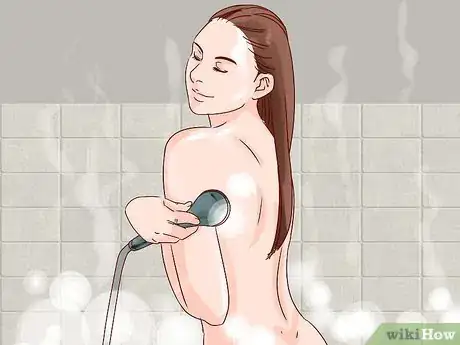
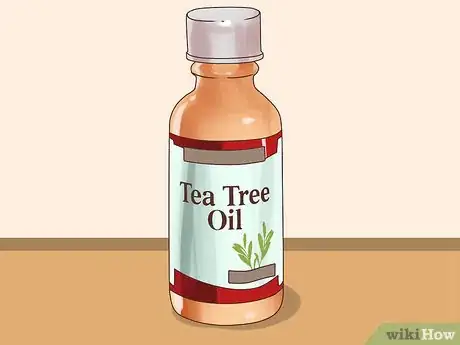
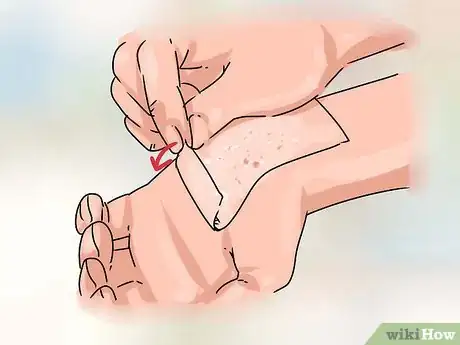
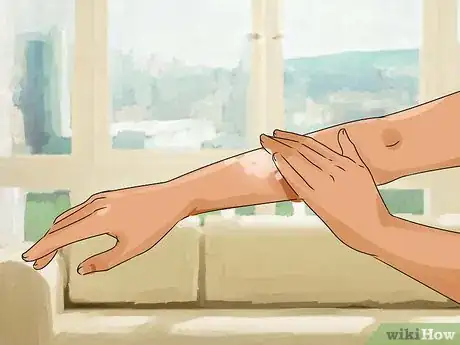
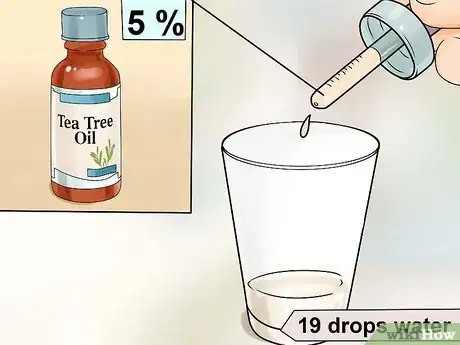
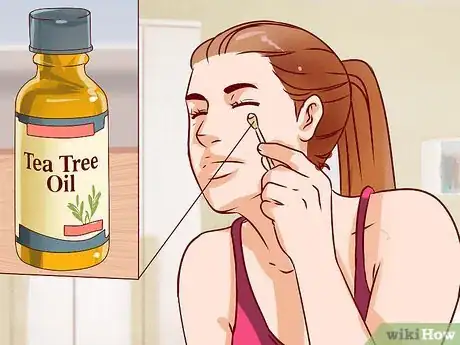
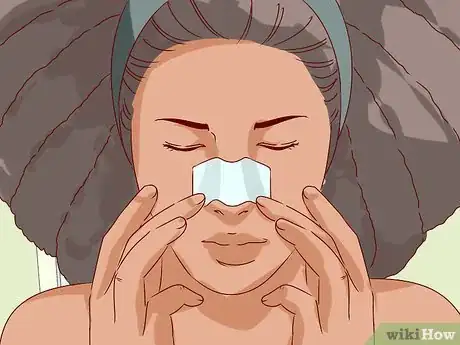
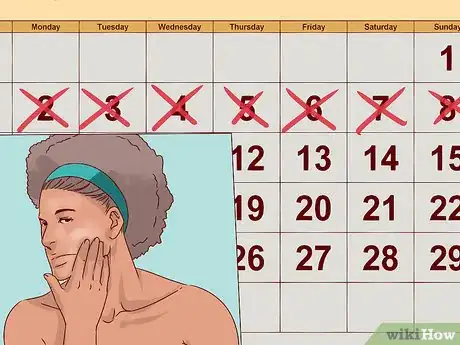
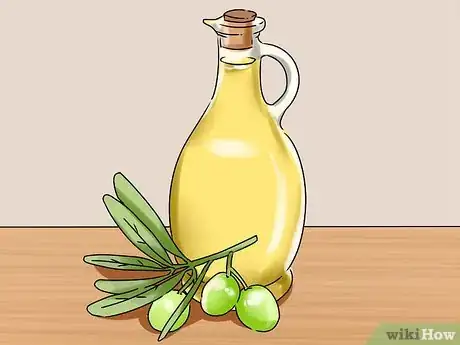
-Hair-Step-13.webp)
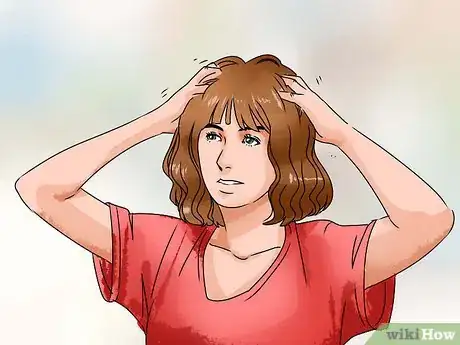
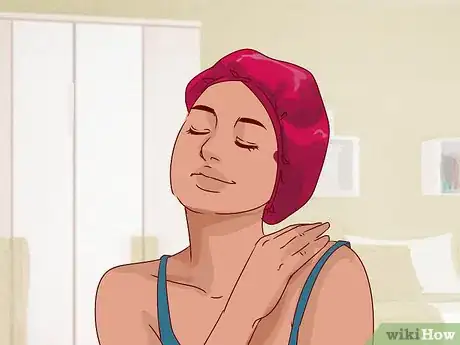

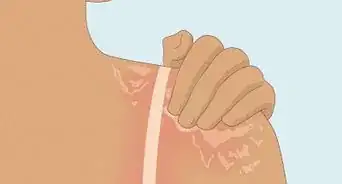
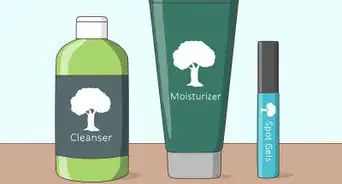
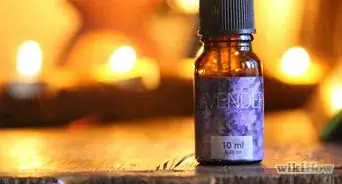
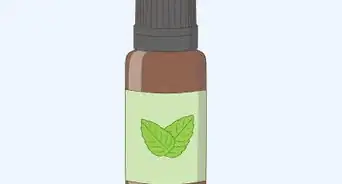


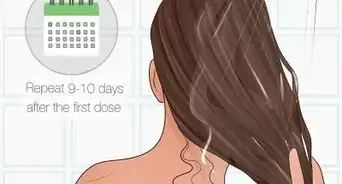
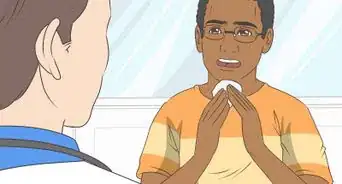

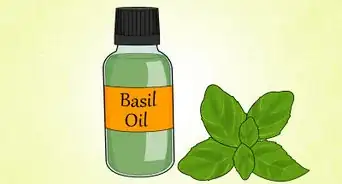











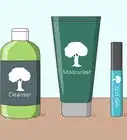





































Medical Disclaimer
The content of this article is not intended to be a substitute for professional medical advice, examination, diagnosis, or treatment. You should always contact your doctor or other qualified healthcare professional before starting, changing, or stopping any kind of health treatment.
Read More...